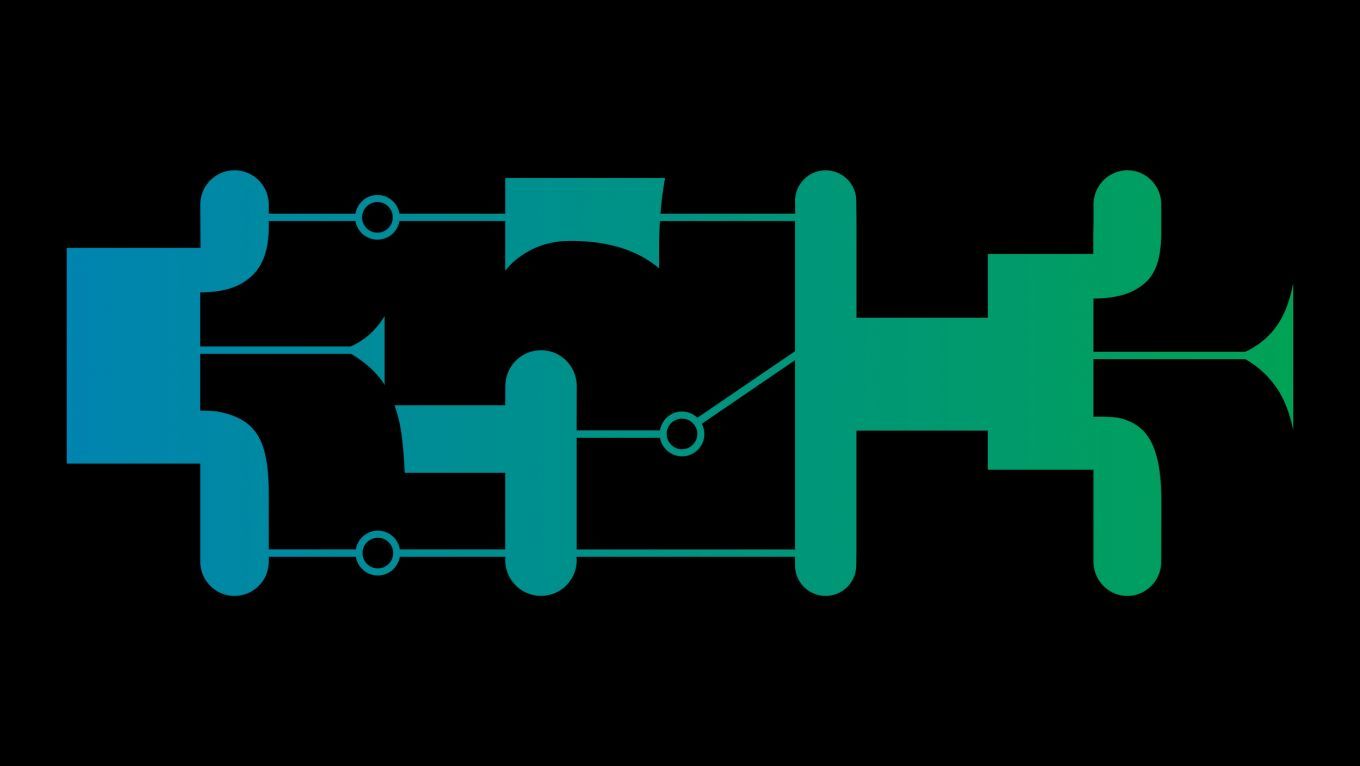Hardware & Making
How to teach programming to your loved ones
Enabling students over example-driven teaching
Teaching beginners how to program is often <i>hard</i>. We love building programs, and seeing our loved ones struggle with this is painful. Showing them how to copy-paste a few example programs and change a few parameters is easy, but bridging from there to building substantial programs is a different game entirely. This talk is about how to teach programming successfully, through comprehensible <i>design recipes</i>, which anyone can follow, using languages and tools designed for beginners. This approach is probably different from how you learned how to program, or how you're used to teaching. It is more effective, however, as it teaches more material successfully to a broader spectrum of people. It is also more enjoyable.
The talk is based on many years of research by the Program by Design, DeinProgramm, and Bootstrap educational projects, as well as over 30 years of personal teaching experience in school, university and industrial contexts. A word of warning: The resulting approach is radically different from most teaching approaches used in universities and schools. In particular, it avoids teaching purely through examples and expecting students to develop the skills to arrive at the solutions on their own. Instead, it eaches explicit methodology that enables students to solve problems of surprising complexity on their own, whether they are 11 or 55, whether in a classroom, a training facility, or your home. Extensive documentation, material, and software to support this methodology is available for free.
Additional information
| Type | lecture |
|---|---|
| Language | English |
More sessions
| 12/27/18 |
When a electrical device needs to be a piece of art or used as a mechanical component, a printed circuit board is more than a piece of fiberglass with wires embedded in it. In chemical engineering applications internal holes which allow fluids to be transported through the PCB need to be placed in complex precise patterns. As art, holes can be used to create positive and negative space, allowing you to see a charlieplexed LED display as a snowflake. Creating complex shapes in PCB design software ...
|
| 12/27/18 |
While a lot of projects are currently developing their own processors, mostly as open source in Verilog, VHDL or even Chisel, we miss the free process that actually manufactures these chips. So we're developing the "Libre Silicon" project, a portable semiconductor manufacturing process and technology, using only free and open source tools: We would like to introduce the project, who we are, what we are doing and where we are now.
|
| 12/27/18 |
<a href="https://www.sigfox.com/">Sigfox</a> is an emerging low-power wide-area network (LP-WAN) technology for IoT devices, comparable to <a href="https://lora-alliance.org/">LoRa</a>. This talk recounts my analysis of Sigfox's radio protocol and presents an open reference implementation of an alternative Sigfox protocol stack. It confirms that while Sigfox ensures authenticity and integrity, transmitted payloads are not confidential. This presentation is targeted at a technical audience with ...
|
| 12/27/18 |
Encoding or decoding random radio-waveforms doesn't need incredible expensive hardware anymore which offers new possibilities for building up over-the-air communication systems. There are Software Defined Radios providing affordable cellular radio to remote villages, Community Radios are using SDR to build up digital radio networks and other cool stuff. Some basic knowledge what is going on in SDR Hard/Software as the influence of the samplerate, I/Q-data of the math behind the waterfall-diagram ...
|
| 12/27/18 |
Open Source firmware ist ein Begriff seit 1999 wo LinuxBIOS (coreboot) und u-boot als Projekt starteten. Heute nach fast 20 Jahren ist endlich Open Source firmware bei den Herstellern von Hardware angekommen: Google Chromebooks - coreboot Facebook Open Compute Hardware - coreboot / LinuxBoot Purism Laptops - coreboot Microsoft Olympus - TianoCore Microsoft Surface - TianoCore IBM Power 9 - Hostboot / Skiboot ARM Hardware - ARM Trusted Firmware Intel Minnowboard - TianoCore, coreboot A lot ...
|
| 12/28/18 |
The <a href="http://symbiflow.github.io">SymbiFlow project</a> aims to be the "GCC of FPGAs" - a fully open source toolchain supporting, multiple FPGAs from different vendors. Allowing compilation from Verilog to bitstream without touching vendor provided tools, it includes support for large modern FPGAs like the Lattice ECP5 and Xilinx 7 series. These FPGAs can be used for things previously out of reach of FOSS tools, things like high resolution video and many gigabit networking. We have also ...
|
| 12/28/18 |
Project IceStorm provides the first end-to-end open source FPGA toolchain, was originally presented at 32c3, and only targetted Lattice iCE40 FPGAs. nextpnr is the next big step for open source FPGA tools, providing a retargetable open source FPGA place-and-route tool that will enable open source flows for many different FPGAs from many different vendors.
|

